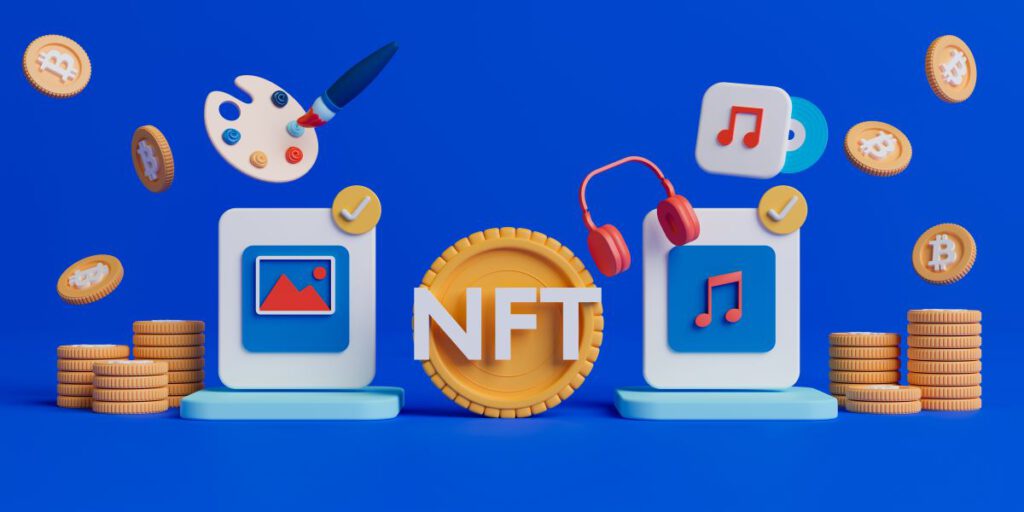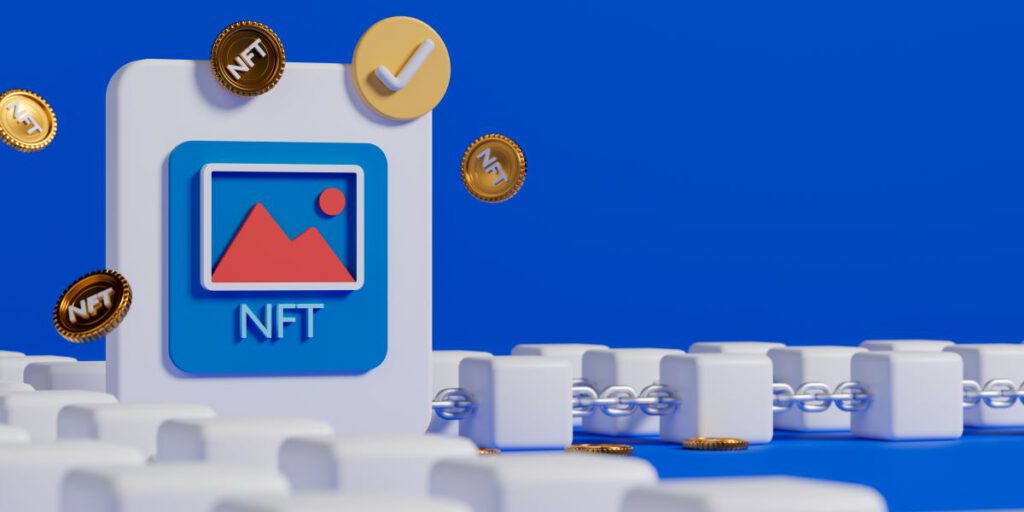Creator royalties provide artists with revenue both from primary and secondary sales. Resale royalties are deemed important because they enable creators to earn recurring incomes. As such, they have been one of the main value propositions of art NFTs.
Setting NFT royalties is mostly at the discretion of marketplaces. Therefore, keeping up with the royalty structures deployed on leading marketplaces is vital. Until recently, major NFT marketplaces’ default setting was to enforce royalties.
On the other hand, over the last few months, there has been a heated debate over NFT creator royalties. A growing list of platforms is now shifting to new models. They follow a wave of a trend set by the emergence of new rival marketplaces. They offer optional royalty models to entice traders into their platforms and gain market share this way.
NFT marketplaces that honor creator royalties

The biggest player is introducing a new set of rules.
OpenSea has a new royalty structure effective from November 8, 2022. It launched an on-chain enforcement tool for new collections. The new tool enables NFT creators to add a code snippet into the smart contracts of new or existing collections that are upgradeable. The code’s function is to forbid the resale of the NFT on marketplaces where there’s no royalty enforcement. In other words, from now on, creators must add this code if they like to enforce royalties in secondary sales of their work.
The new royalty structure is valid only for new and upgradable collections. It’s not yet clear what will happen with the existing ones. David Finzer, the co-founder and CEO of OpenSea, shared a blog post in which he stated that OpenSea wouldn’t make any changes to existing collections through at least December 8, 2022. The company will integrate public feedback, evaluate solutions like optional royalties and other enforcement options for creators, and decide which tools to release after that date.
Other NFT marketplaces that still enforce creator royalties
Curated art marketplaces MakersPlace and SuperRare belong to this group. Rarible has an incentive program that rewards buyers if they pick an NFT from a marketplace that honors creator royalties. Recently, STEPN announced the launch of its marketplace, MOOAR, where there’ll be no optional royalties. Creators will be able to set fees between 0.5% and 10%.

A new protection standard for royalties
The Solana fine art NFT marketplace Exchange.Art introduced a new standard, Royalties Protection, to enforce creator royalties for NFTs originally minted on its platform. The standard has a feature called “allow list” that enables creators to whitelist or blacklist NFT platforms. Hence, they can restrict the resale of their works only to platforms with creator royalty support.
NFT marketplaces that forego royalty enforcement
In the face of significant opposition, many marketplaces are switching to optional royalty models.
This royalty model is applied by the popular marketplace X2Y2. Instead of paying royalties to creators by default, the model gives buyers the option of paying royalties to creators at the checkout only if they wish. This only holds true for multi-edition works, however. For 1/1 artworks, the marketplace continues to enforce royalties.
Another well-known NFT marketplace, LooksRare, also supports optional royalties. Instead of paying royalties, the marketplace shares 25% of protocol fees with the creators. Regarding secondary sales, only buyers can choose to pay royalties in addition to the purchase price if they wish; sellers cannot.
Other prominent marketplaces that function in a similar vein include Sudoswap, Solana’s top marketplace Magic Eden and the recently launched Blur, which has an optional royalty model that incentives the traders who choose to pay creator royalties. None of these models are etched in stone, though. As the marketplaces continue learning from the process, we hope to see upgraded versions viable for all parties.
Author

Nagi An is a content writer who is passionate about NFTs, web3, DAOs, and DeFi. She's covers a variety of topics about NFT fundamentals.




